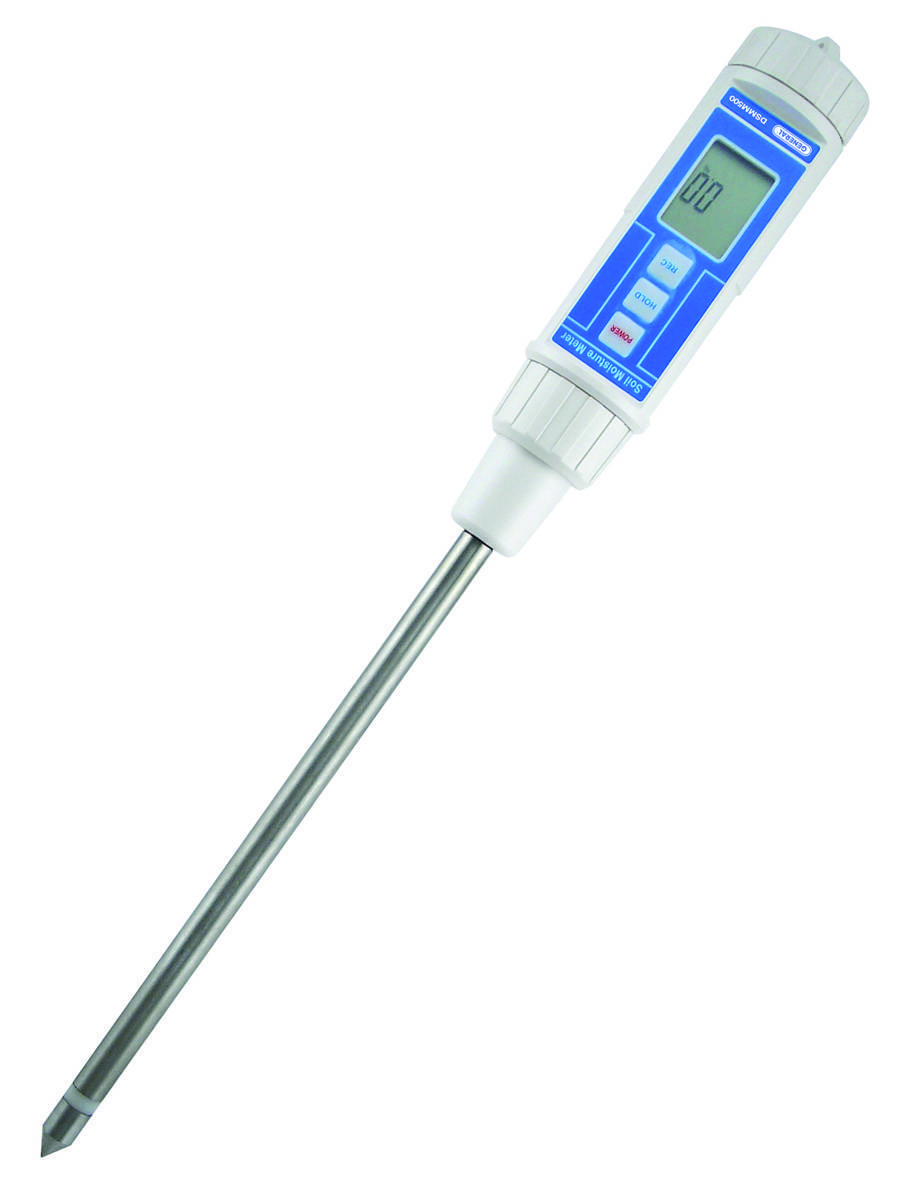Moisture Meter Reviews: Contrasting the most effective Versions for Specialist and Do It Yourself Use
Moisture Meter Reviews: Contrasting the most effective Versions for Specialist and Do It Yourself Use
Blog Article
Look Into the Globe of Moisture Meters: Whatever You Need to Know
In the realm of moisture meters exists a globe of precision and practicality that frequently goes unnoticed. These tools, while relatively simple, hold a wealth of details that can considerably affect numerous markets and applications. Comprehending how moisture meters operate, the various types readily available, and their varied usages can clarify their value in guaranteeing quality and performance. By checking out the intricacies of dampness meters, one can discover a valuable device that transcends plain dimension, offering insights that can make a substantial distinction in various fields.
Just How Moisture Meters Work
Moisture meters operate by gauging the electrical conductivity or capacitance of materials to establish the dampness web content present. These meters are invaluable tools throughout numerous industries, including farming, woodworking, and construction. By utilizing various approaches such as pin-type or pinless innovation, wetness meters give exact readings that help experts make notified choices.
Pin-type moisture meters work by inserting the sharp pins into the material being evaluated. The electric conductivity in between the pins is after that determined, with greater dampness degrees leading to increased conductivity. Moisture Meter. On the other hand, pinless moisture meters use electromagnetic signals to scan a larger area without triggering any type of damage to the material's surface. These meters are optimal for swiftly examining wetness levels in large areas or ended up items.
No matter the method used, dampness meters play an essential role in preventing issues such as mold and mildew development, architectural damage, or product defects created by excess dampness. Comprehending just how these meters job is necessary for making sure the quality and integrity of products in different applications.
Kinds Of Moisture Meters
Offered the important function wetness meters play in various sectors, it is vital to understand the various types readily available to experts for accurately assessing dampness levels - Moisture Meter. There are largely two major kinds of dampness meters: pinless and pin-type moisture meters

On the other hand, pinless moisture meters utilize electromagnetic sensing unit plates to scan a bigger area of the product without causing any kind of damage. This kind appropriates for quickly scanning big areas and is frequently used for floor covering, walls, and ceilings. Pinless meters are practical for taking analyses on finished surface areas without leaving any type of noticeable marks.
Both sorts of wetness meters have their advantages and are selected based upon the specific demands of the task available. Understanding the distinctions between these types is critical for specialists to make exact wetness analyses.
Applications Across Industries
Construction specialists depend on dampness meters to examine the moisture degrees in building products like concrete, drywall, and timber, which is crucial for preserving structural stability and avoiding concerns like rot or mold. The floor covering industry uses dampness visit homepage meters to measure the dampness content in subfloors before mounting various flooring coverings, stopping pricey damages due to excess wetness. In the food sector, moisture meters are utilized to monitor and manage moisture degrees in items such as grains, nuts, and dried fruits to preserve quality and quality.
Tips for Utilizing Dampness Meters
Use the wetness meter's calibration settings to make sure precise readings when determining the wetness material in various materials. Additionally, make sure the meter is established to the proper moisture variety for the material you are determining to obtain the most accurate results.
When making use of useful content a pin-type dampness meter, put the pins to the proper deepness suggested for the material being evaluated. This ensures that the moisture analyses are drawn from the right depth within the material, giving an extra precise representation of its moisture web content. For pinless dampness meters, keep in mind to maintain proper call with the material's surface to get reputable readings.
On a regular basis inspect and change the batteries in your wetness meter to prevent imprecise readings as a result of low power. When not in use to extend its lifespan and preserve its precision, Store the meter in a dry and secure place. By adhering to these tips, you can maximize the efficiency of your dampness meter and obtain exact dampness content dimensions throughout different products.
Upkeep and Calibration
To ensure the accuracy of dampness content measurements, normal maintenance and calibration of the dampness meter are essential actions in its correct functioning. Maintenance includes maintaining the dampness meter complimentary and tidy from particles that could influence its readings. It is necessary to adhere to the manufacturer's guidelines for cleaning to stop damages to the tool. In addition, regular calibration is necessary to verify the accuracy of the readings. Calibration adjusts the dampness meter to guarantee that it supplies regular and reliable results.
Calibration must be carried out periodically, particularly if the moisture meter is made use of often or in crucial applications where specific measurements are called for. By preserving and calibrating the wetness meter frequently, users can rely on the precision of the wetness web content measurements gotten.
Final Thought

Finally, moisture meters play a vital function in numerous industries by precisely gauging the moisture content of materials. Recognizing how these devices work, the various kinds available, and appropriate upkeep and calibration are vital for acquiring reliable results. Whether in manufacturing, building, or agriculture, making use of wetness meters assists make sure quality control and effectiveness in processes.

In final thought, wetness meters play a vital function in different industries by accurately gauging the wetness material of materials.
Report this page